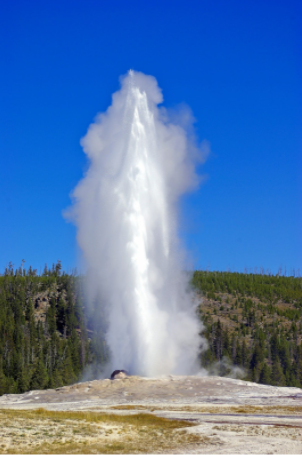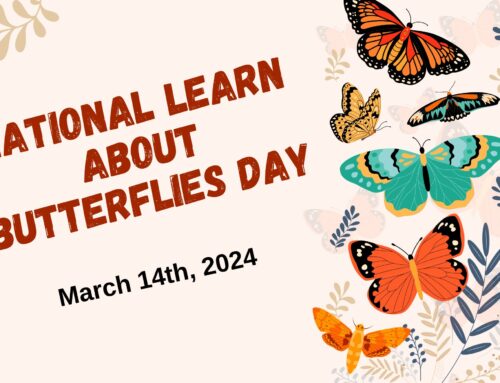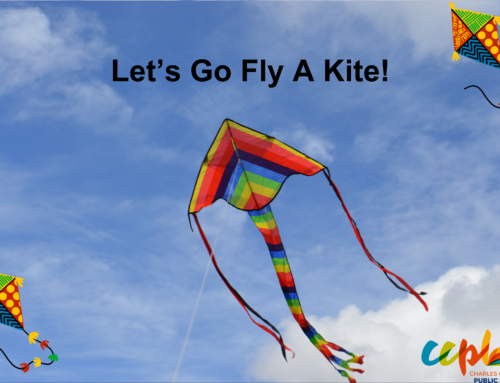Geysers are rare on earth and can only be found in certain areas. There are more geysers in Yellowstone National Park in Wyoming than anywhere else on Earth; it has more than 300 geysers, about two-thirds of the number of geysers in the entire world. Other geyser hot spots are Siberia, Chile, Iceland and New Zealand. What exactly is a geyser? The following information comes from Britannica Kids:
A geyser is a natural pool of hot water that sometimes erupts, sending steam and hot water gushing into the air. The pool of hot water is known as a hot spring. The term geyser comes from the Icelandic word geysir, which means “to gush.” Fumaroles are similar features, but they emit only gases and steam.
Hot springs are usually found in areas near volcanoes. The hot magma underground heats up nearby groundwater. The water then tends to rise toward the surface, where it forms a hot spring. The water is channeled through a fault or some other fracture. When the water deep down reaches a temperature much above the normal boiling point, it becomes so hot that it turns into steam. This lifts the water above, causing an overflow at the surface. Because some of the surface water has overflowed and relieved the pressure below, more of the deep water suddenly turns into steam. The steam then expands and blows out with tremendous force, taking hot water with it.
The water in hot springs has many minerals. The heat dissolves the minerals, and after the water is blown out through the geyser the dissolved minerals collect in mounds on the surface. This material is known as sinter. Some geysers have been given fanciful names (such as Castle Geyser) based on the shapes of these mounds.
In our Fun with Geysers program on June 23rd we will be doing several experiments to learn more about Geysers! If you would like to follow along you will need the following materials. Don’t worry if you don’t have all of, or any of, the materials you will still be able to participate and see the experiments.
Experiment #1
- A shoe-box size or larger plastic container or any similar large container that can hold water
- An empty clear plastic soda or water bottle with the label removed
- A thumb tack or needle
- A funnel
- A pitcher of water
Experiment #2
- 2 empty plastic water bottles
- 2 balloons,
- Scissors (younger children may need help cutting a 1x 2 inch hold in the side of one of the bottles)
Experiment # 3
- 1 Bottle of Diet Coke (works best, other brands may not work at all or very little)
- 5 Mentos
Experiment # 4
- A small bottle of water
- Antacid seltzer tablets, cut into halves (Alka Seltzer)






